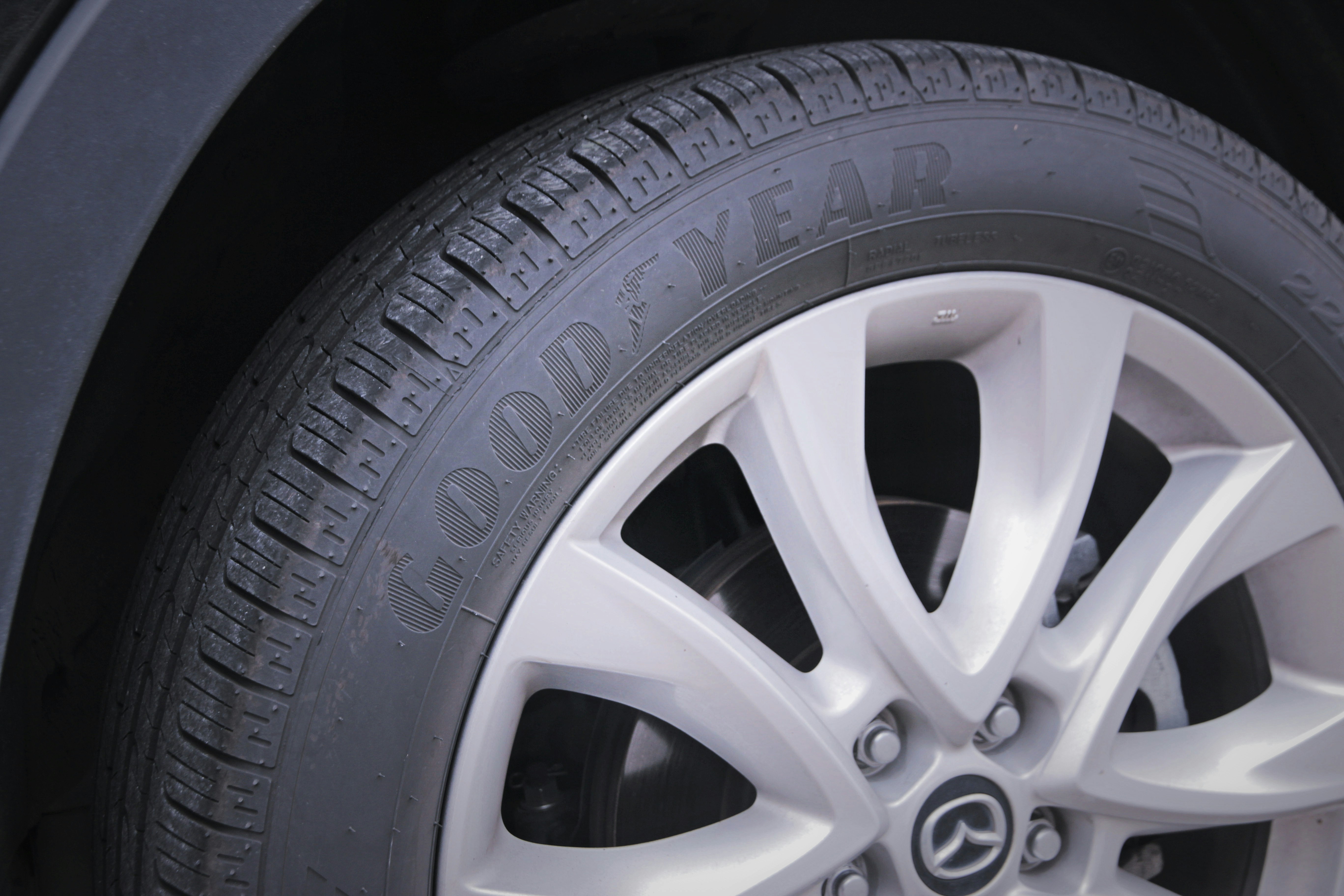Goodyear Tires: Comprehensive Guide to Types, Pricing, and Selection
Goodyear has established itself as a prominent tire manufacturer in the automotive industry, offering a diverse range of products designed to meet various driving needs and vehicle specifications. Understanding the different tire types, pricing structures, and selection criteria can help drivers make informed decisions when purchasing new tires. This comprehensive guide explores the key aspects of Goodyear tires, from performance characteristics to maintenance practices that extend tire life.

Why Choose Goodyear Tires
Goodyear tires offer several compelling advantages that make them a popular choice among drivers. The company’s commitment to research and development has resulted in innovative tire technologies, including advanced tread compounds and specialized design features that enhance performance across different driving conditions. Goodyear’s extensive product lineup caters to various vehicle types, from passenger cars to commercial trucks, ensuring compatibility with most automotive applications. The brand’s global presence provides widespread availability and service support, making it convenient for drivers to find replacement tires and maintenance services. Additionally, Goodyear’s long-standing reputation in motorsports, including partnerships with NASCAR and Formula One, demonstrates the company’s expertise in developing high-performance tire solutions.
Prices as Per Tire Type
Goodyear tire pricing varies significantly based on tire type, size, and performance characteristics. Passenger car tires typically range from $80 to $300 per tire, depending on the specific model and features. All-season tires generally fall within the $90 to $200 range, while high-performance summer tires can cost between $150 and $350. Winter tires usually price from $100 to $280 per tire. Truck and SUV tires command higher prices, typically ranging from $120 to $400 per tire, with specialized off-road and performance variants reaching premium price points. Commercial and specialty tires, such as those designed for racing or heavy-duty applications, can exceed $500 per tire due to their specialized construction and limited production volumes.
| Tire Type | Size Range | Price Estimate | Performance Focus |
|---|---|---|---|
| All-Season Passenger | 14”-20” | $90-$200 | Year-round versatility |
| High-Performance Summer | 17”-22” | $150-$350 | Enhanced grip and handling |
| Winter/Snow | 15”-20” | $100-$280 | Cold weather traction |
| Truck/SUV All-Season | 16”-24” | $120-$300 | Durability and load capacity |
| Off-Road/All-Terrain | 15”-22” | $180-$400 | Rugged terrain capability |
Prices, rates, or cost estimates mentioned in this article are based on the latest available information but may change over time. Independent research is advised before making financial decisions.
How to Get Good Deals
Securing favorable pricing on Goodyear tires requires strategic timing and research. Seasonal sales events, particularly during spring and fall, often provide significant discounts as retailers prepare for tire change seasons. Many tire retailers offer price matching policies, allowing customers to leverage competitive pricing from different sources. Purchasing complete sets of four tires frequently results in better per-tire pricing compared to individual tire purchases. Online retailers may offer competitive pricing, though installation costs should be factored into the total expense. Manufacturer rebates and promotional offers can provide additional savings, particularly during new product launches or inventory clearance periods. Joining retailer loyalty programs or credit card partnerships with tire manufacturers can unlock exclusive discounts and financing options.
Care and Maintenance Tips
Proper tire maintenance significantly extends tire life and maintains optimal performance characteristics. Regular tire pressure monitoring ensures proper inflation levels, which affects fuel efficiency, handling, and tread wear patterns. Monthly pressure checks using an accurate gauge help identify gradual air loss before it becomes problematic. Tire rotation every 5,000 to 8,000 miles promotes even wear distribution across all four tires, maximizing their usable life. Wheel alignment and balancing services address mechanical issues that can cause premature or irregular wear patterns. Visual inspections should include checking for embedded objects, sidewall damage, and unusual wear patterns that might indicate alignment or suspension problems. Avoiding aggressive driving behaviors, such as hard acceleration, sudden braking, and high-speed cornering, helps preserve tire integrity and extends replacement intervals.
Choosing the right Goodyear tires involves balancing performance requirements, budget considerations, and intended use patterns. Whether prioritizing fuel efficiency, all-weather capability, or high-performance handling characteristics, Goodyear’s extensive product lineup offers solutions for most driving scenarios. Regular maintenance practices and strategic purchasing approaches can maximize tire value while ensuring safe and reliable vehicle operation throughout the tire’s service life.




